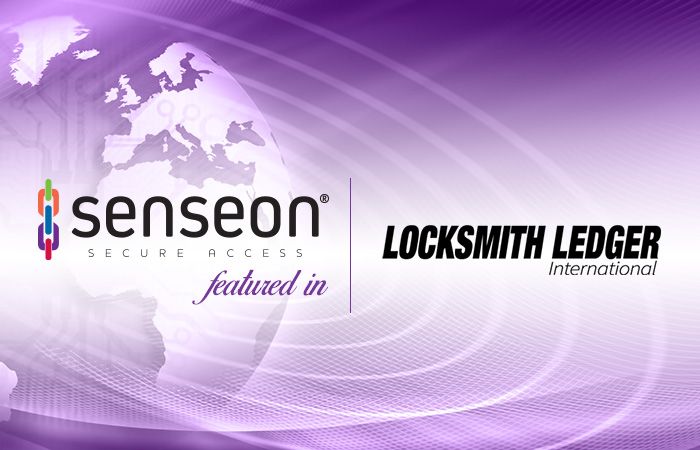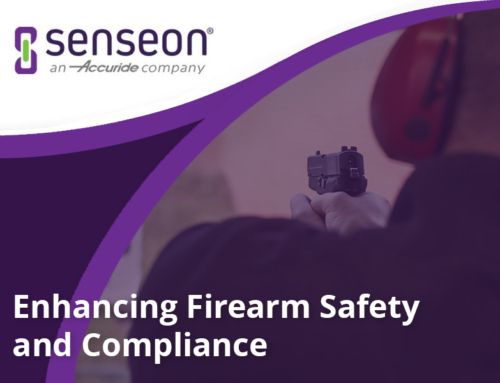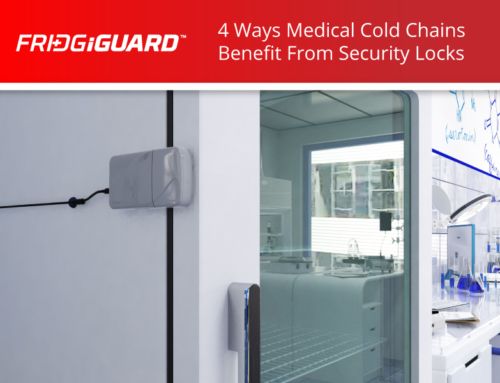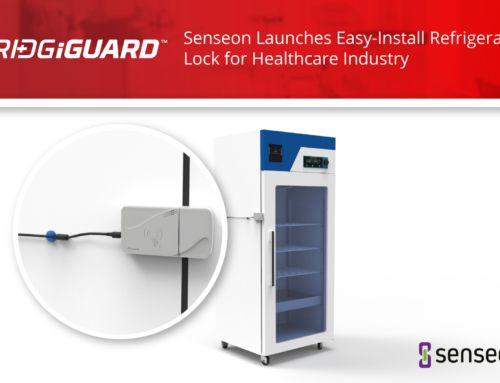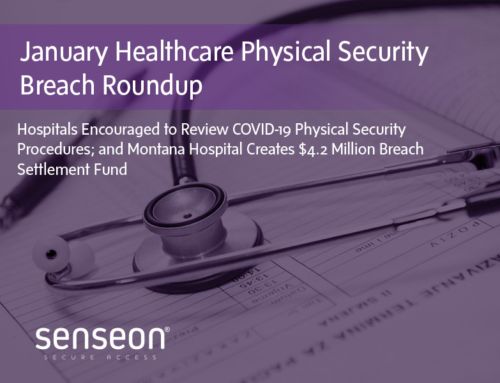Senseon’s Marketing Manager, Evan Hicks, contributed an in-depth article to Locksmith Ledger International, a leader in providing innovative editorial on cutting-edge product information and installation techniques for locksmiths.
Locksmith Ledger International covers the latest technologies in alarms and video, door hardware, keys and locks, safes, and access control. They also provide forums and buyer’s guides to help their readers stay up-to-date on the best products.
Hicks’ article, “Securing Modern Offices with Electronic Access Control,” covers how workspaces are transforming from “cubicles and private offices” to “open space, various seating arrangements, and communal tables.” He notes that this new office design poses several challenges, including how to track which employees use which spaces and how to control access down to each file cabinet and drawer.
In the article, Hicks proposes cabinet-level access control as the solution. New technology, such as Senseon, grants managers the ability to assign access for each lock in a building. In other words, managers can access every area while assigning employees tailored, individualized access.
There are many options when it comes to selecting features for electronic access control. Hicks breaks these down for customers to choose between:
- A fail-safe or fail-secure device: Fail-safe locks require an electrical current to stay locked, while fail-secure locks require power to be released. That is to say, fail-secure locking devices provide maximum security.
- Electromagnetic or electromechanical locks: Electromagnetic locks, or “maglocks,” typically provide control to areas like apartment complexes, hotels, and their amenities for residents or guests. Electromechanical locks, also known as “e-locks,” are most often used to secure areas with confidential information or resources. E-locks can operate in either fail-secure or fail-safe mode.
- A standalone device or integrated system: Operating independently from other security systems, a standalone device is usually an easier and cheaper choice, albeit with limited compatibility. Integrated systems allow a single process to control multiple areas, creating a seamless user experience. However, they require software and hardware compatible with the existing network.
These choices may depend on what customers desire most out of their electronic access control. Although there are many factors to consider, Senseon offers easy-to-install standalone and integrated electronic access systems. Senseon’s unparalleled customer support is also readily available to answer questions, troubleshoot, and create custom solutions.
Indeed, Senseon solutions offer many benefits, including:
- Improved security
- Reduced risk of internal and external theft
- Compliance with industry regulations
- Enhanced aesthetics
For more detailed advice on how to choose the right access control system for you, read the full article in Locksmith Ledger International: https://www.locksmithledger.com/locks/locks-file-cabinet/article/21108662/securing-modern-offices-with-electronic-access-control

